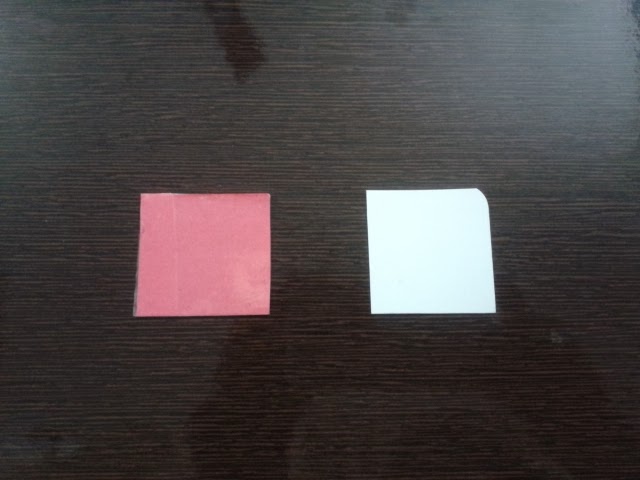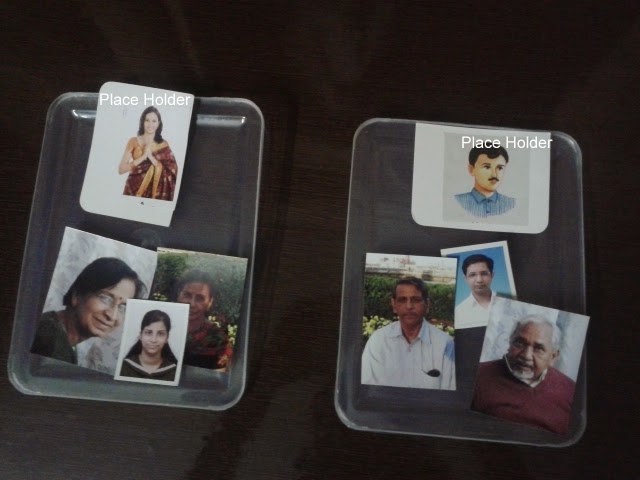Teaching color concept - identification of colors
Understanding of colors is an abstract concept. Just like any other abstract concept it may not come easily to children with autism. Color identification means that the child should be able to identify color by its name. i.e the child should be able to show or give red when asked 'show me red', 'where is red', 'pick red' or 'give red'
Before
starting with color identification, it is important to determine if the child
is ready to learn colors.
The pre-requisites of teaching colors are that the child
should be able to
- Identify at least 20 basic objects in the environment
- Match picture to picture and picture to object
- Visually differentiate colors by matching objects/pictures of same color
- Understand instructions such as give, pick, show.
Color identification should be started with a primary color
and one color at a time. For example we could start with identification of red color.
The teaching materials required would be
- Color cards – red, blank (white ) distractor card, cards of 2-3 other primary colors e.g yellow and green. These should be in set of 2 each.
- Set of identical objects of solid colors (no mixtures/patterns) which only differ in color e.g 3 cars, balls and spoons (red, yellow, green)
The steps involved are
1.
Matching: Place 3 color cards – red, yellow and
green on table. Give the child another red card to match. Repeat the same with
yellow and green cards. The instruction given should be just ‘match’. Do not
include the color name at this point. The same process of matching can be done
using identical objects of different colors. Since color matching is a
pre-requisite for identification, the child should be able to do this step independently or with
minimum prompt before proceeding to the next step.
2.
Identification:
I will be elaborating more on this step as this is the main skill being targeted
here:
a.
Place a single red card on the table and show
the card to the child. Name the card saying ‘this is red’. Ask the child to give/pick/show
red. If needed prompt the child to give the red card to you.
b.
Place the red card with a distractor card on the
table. A distractor card is a neutral card (generally white). Ask the child to
give red. If the child does not responds, prompt the child to give the red
card. If the child approaches the wrong card, immediately guide him to the red
card. Do not let the incorrect action to complete.
c.
Repeat the above step with red and another color card (yellow or green).
The instruction should only be ‘give red’. Do not give the name of the other
card. If the child picks up the other card just say ‘this is not red’ (instead
of saying this is green).
d.
Now place 3 cards (red, yellow, green) on the
table and ask the child to give red. The method will be the same as in above
steps.
e.
Place identical objects (only different in
color) on the table and ask the child to give red.
f.
If the child is verbal, prompt him to say ‘red’
while identifying the color or when asked ‘what color is this’, he should say ‘red’.
3.
Generalization: color is an abstract concept. Generalization
is a very important step to correctly understand the color concept. The child
must understand that red is not the card or the object, but the attribute that
is common to all the materials used. While working with my daughter I use
mainly two ways to generalize the color concept.
a.
Use non identical objects for color
identification: I would use a variety different objects of different colors and
ask to identify red
b.
Use different environment/settings: instead of
working on table top, use the general environment. Translating the teaching of
colors in environment is relatively easy. I usually put different colored
objects on the table in the living room and ask my daughter to bring/ pick the
red object. Color identification can be done while various daily activities. While
dressing up Tuhina I would put 2 different color t-shirts and say – ‘we are
going to wear red t-shirt today. Give me red t-shirt’ and wait for her response
(or prompt her) to pick red t-shirt.
Once the first color identification is achieved, we can start with the next color. When introducing the second color, initially do not pair it with the color the child already knows. i.e when introducing green after red, do not place red and green together at step c. This is so that the child does not respond to instruction to give green by cancelling out red card (which he already knows). Also, once the skill is achieved, it should be revised at regular intervals (called putting the skill on maintenance) and generalized at various opportunities.
Hope these steps will help in teaching color identification to children on spectrum in a focused and structured way.




Comments
Post a Comment